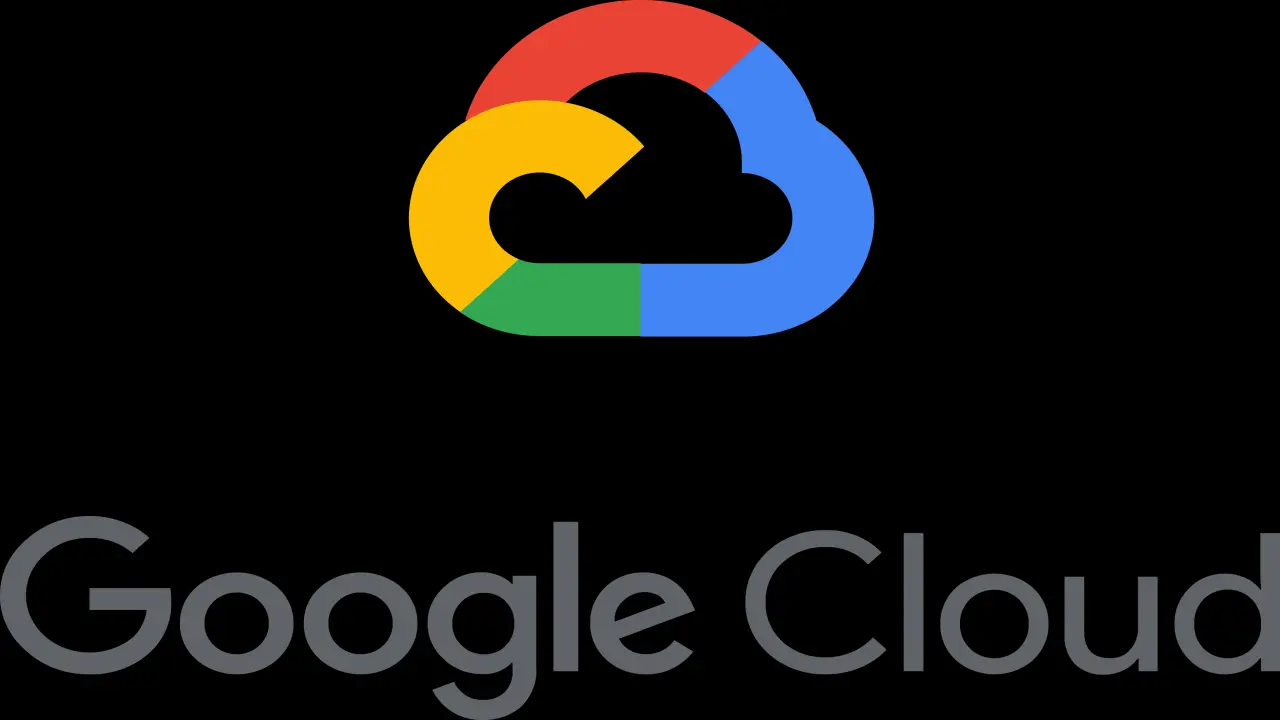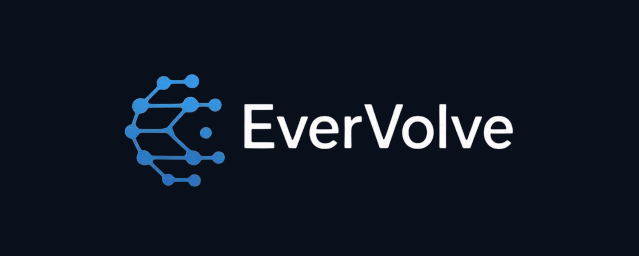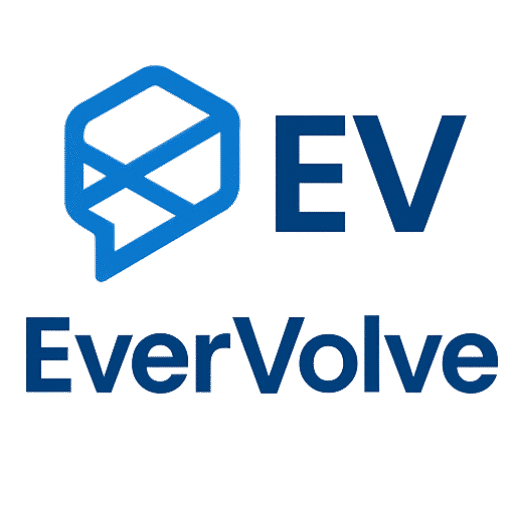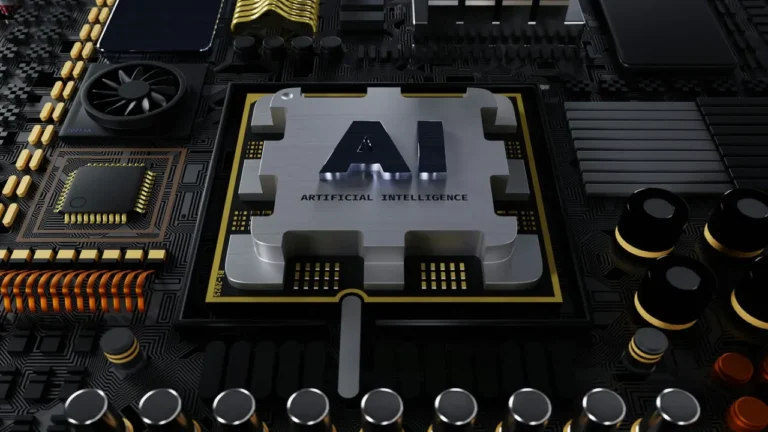Google Cloud AI Driven Cybersecurity Revolution: Defending Tomorrow’s Digital Frontier

The cybersecurity landscape is evolving at an unprecedented pace, driven largely by the integration of artificial intelligence (AI) both as a tool for attackers and defenders. Amid this transformative backdrop, Google Cloud is leading the charge with a groundbreaking portfolio of AI-powered cybersecurity innovations designed to help organizations preempt, detect, and neutralize emerging threats in real time.
One of Google’s flagship innovations is Project Zero’s “Big Sleep,” an AI agent launched by Google DeepMind and Project Zero teams. Big Sleep leverages large language models to autonomously scan vast bodies of real-world software code, including commonly used open-source libraries, to identify previously unknown security vulnerabilities. Since its debut, Big Sleep has uncovered dozens of critical flaws ahead of exploitation by threat actors, offering an early warning system that dramatically shortens the detection-to-response window. Its real-world success includes the identification of a critical SQLite vulnerability that was actively being exploited, enabling Google to foil attacks before users were harmed. By continuously scaling vulnerability discovery beyond the manual capabilities of human analysts, Big Sleep represents a radical leap in proactive cybersecurity.
Agentic SOC
Building on this, Google’s Model Armor extends robust real-time protections for AI agents against insidious runtime attacks such as prompt injection, data exfiltration, and jailbreaking. Integrated into platforms like Agentspace and Agent Builder, Model Armor monitors AI interactions and enforces organizational security policies to minimize risks and ensure compliance. Complementary new posture controls automatically reduce the chance of unsafe AI agent behavior by setting guardrails informed by threat intelligence gathered from Google’s Mandiant subsidiary and global security telemetry.
Google envisions a transformative “agentic” Security Operations Center (SOC) future, where AI-powered agents collaborate closely with human analysts. For example, the Alert Investigation agent automatically enriches security events, analyzes command input patterns, constructs process trees, and recommends remediation actions to accelerate incident response. This semi-autonomous approach addresses mounting analyst fatigue from alert overload and complexity, improving both efficiency and accuracy in the SOC.
Broader security management is unified through the Google Unified Security platform, integrating cloud risk management, identity governance, threat intelligence, and compliance monitoring with AI-powered automation. This comprehensive platform supports controlled and responsible AI adoption by embedding protections and visibility into every layer of the enterprise technology stack—from endpoints to cloud-native AI workloads.
AI Arms Race
Google’s approach is framed by the stark reality of a dual-use AI arms race. While defenders gain impressive advantages through AI-augmented vulnerability research and automated incident handling, attackers equally adopt AI tools for automated phishing, malware generation, and network reconnaissance. Google Cloud positions its AI cybersecurity innovations as essential to tipping the scales in favor of defenders, underscoring a vision of AI serving as both shield and sword in the escalating cyber warfare arena.
Further supporting this vision are advancements in IAM (Identity and Access Management) for AI environments, “agentic IAM” for provisioning agent identities securely and a role picker powered by Google Gemini AI to recommend least-privilege access configurations. Network security also benefits from expanded protections through Cloud Armour and next-generation firewalls tailored to defend increasingly complex and dynamic cloud environments.
While the promise of AI-powered cybersecurity is transformative, Google acknowledges inherent risks such as over-reliance on AI leading to potential gaps in human judgment and the risk of adversarial manipulation of AI agents. Their roadmap emphasizes the continued need for human oversight, transparency, and secure-by-design principles to ensure safe AI operations.
Google Cloud’s 2025 AI cybersecurity suite represents a pivotal evolution in defending digital infrastructures. Through pioneering AI-driven vulnerability discovery, runtime defenses, and agentic security operations, Google is setting a new standard for resilience in the age of intelligent cyber threats. As adversaries escalate their AI-enabled attacks, organizations adopting Google’s integrated AI security ecosystem will be better equipped to protect their critical assets in an increasingly hostile cyber landscape.
This fusion of AI research, operational innovation, and holistic security governance is shaping the future digital frontier—one where AI not only enables innovation but also fortifies the very foundations of trust and safety in cyberspace. Google’s cybersecurity forecast for 2025 can be found here.
Enjoyed this post?
Subscribe to Evervolve weekly for curated startup signals.
Join Now →







